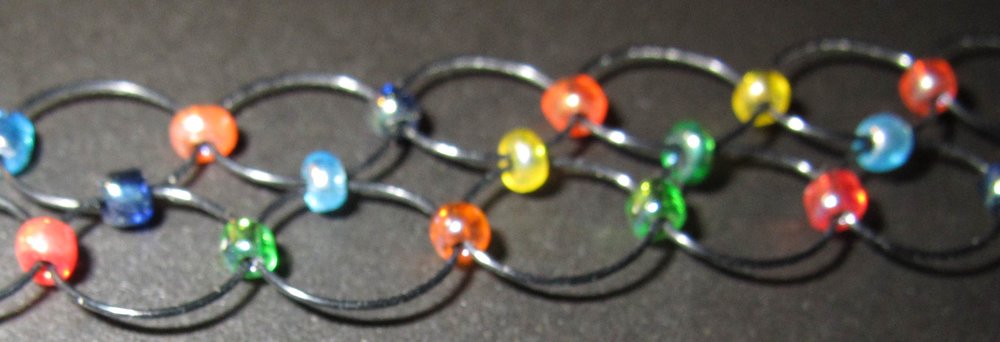Life History Part IV - Emotions
/This is the 4th of 7 posts with prompts to develop a life history. Previous posts in this series:
~~~~
This fourth in the series is about emotions. Emotions are the manifestation of feelings. Sometimes they are not entirely logical - but they give our lives dimension. Questions about emotions sometimes beg for a story to provide context. Here are some questions to start exploring the emotional side of a life history.
- What has been the happiest moment of your life to date?
- What has been the saddest moment of your life to date?
- What holidays do you celebrate?
- How religious are you - what role does religion play in your life?
- Do you attend church (regularly...occasionally...ever)?
- What do you like most about your life right now?
- What do you like the least (or dislike) about your life right now?
- If you have to leave the house in a hurry - maybe not ever to return - what would you take with you?
- What is your definition of success?
- Give a couple of examples of things you enjoy doing with someone else.
- How do I know I can trust you?
- Are you an introvert or extrovert?
- Describe the clothes you like the best.
- Describe an emotionally charged event at work.
- Describe an emotional charged event at home or with your family.
- What makes you angry and what do you do when you are angry?
- How often have you gotten angry in the past month?
- Describe a conflict that did not work out as you had hoped.
- What is your general approach to conflict?
- How emotional are you generally - are you volatile or stoic?
Topics for the upcoming parts of the series: family and friends, the present, and the future. I’ll be posting them about once a week.






















